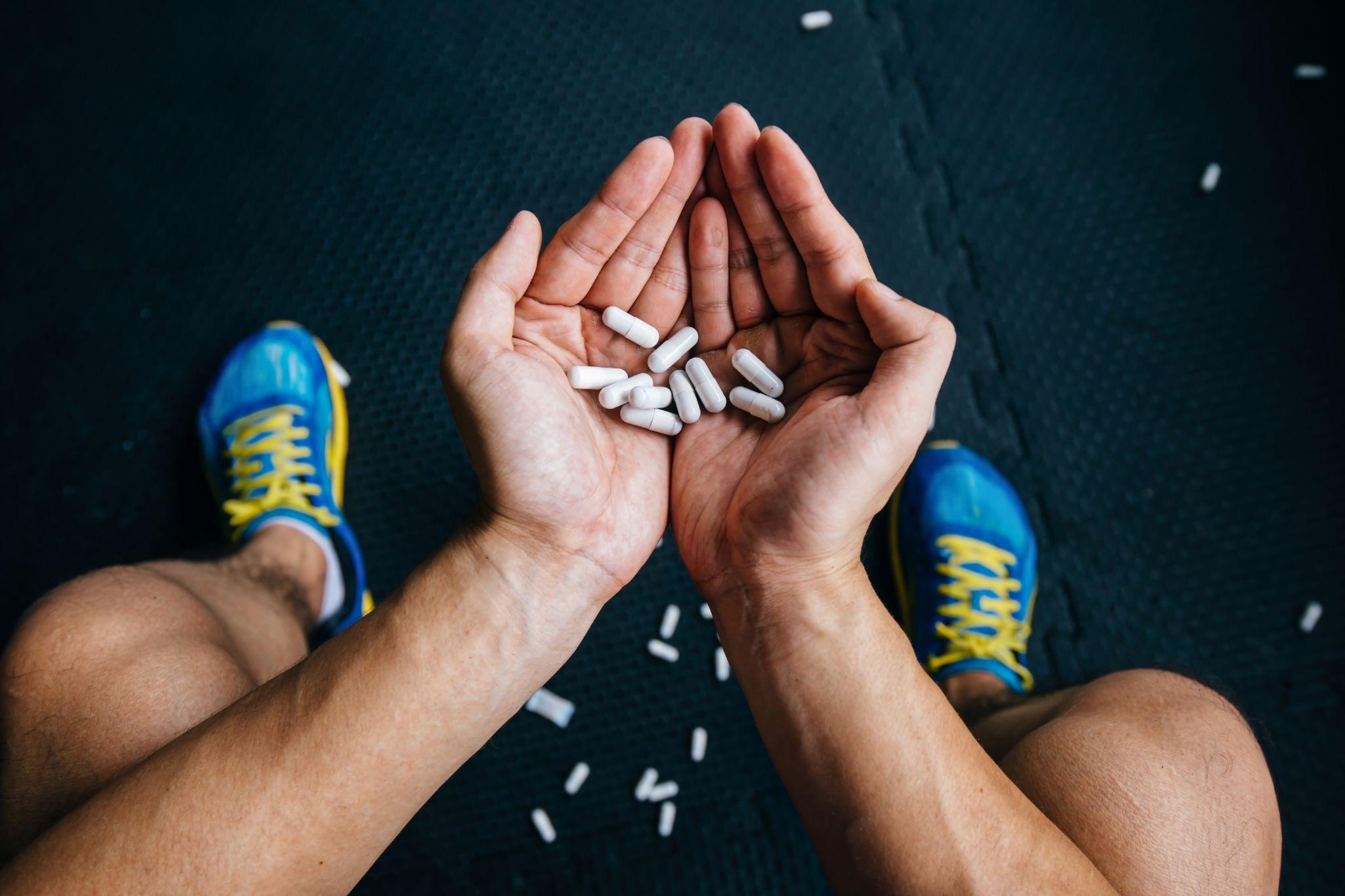Athletes are often admired for their strength, resilience, and commitment. In the pursuit of excellence and overcoming physical limits, some athletes find themselves grappling with an unexpected opponent: addiction to prescription opioid painkillers.
Lumina Recovery is here to delve into why professional athletes are particularly vulnerable to this addiction, the signs and symptoms of addiction, and the pathways to recovery.
Athletes Turning to Painkillers
Athletes are particularly susceptible to addiction to painkillers due to a combination of factors rooted in the high demands of their profession. Chronic pain and sport-related injuries are frequent companions of athletes, resulting from the intense physical demands inherent in sports.
To manage this pain and continue their rigorous training and competition schedules, athletes often turn to pain medication. These prescription drugs offer immediate relief, enabling athletes to perform despite underlying injuries. Research shows that 52 percent of NFL players in the United States used opioids in their career, with 71 percent reporting misuse of opioids.1
However, this relief comes with a risk. The constant pressure to perform at peak levels can lead athletes to rely heavily on these medications. This reliance is often compounded by a sports culture where painkiller use is normalized, or even encouraged, as a necessary means to achieve and maintain high performance. In this context, abusing prescription painkillers can be overlooked or underestimated.
This complex interplay of physical demand, cultural norms, and pressure to perform creates a challenging environment where athletes are at increased risk of developing an opioid addiction. Understanding these dynamics is crucial in addressing this growing concern in the athletic community.
Aspects of Painkiller Addiction
Several factors contribute to the risk of painkiller addiction among athletes:
Prescription Practices. Athletes often receive prescriptions for powerful opioids to manage pain from injuries. These drugs are effective but carry a high risk of drug abuse.
Unregulated Access and Self-Medication. Athletes might have more unregulated access to painkillers. Some may start self-medicating, increasing the risk of substance abuse.
Stress and Mental Health Issues. The high-stress environment in sports, along with undiagnosed or untreated mental health issues, can lead athletes to use painkillers not just for physical pain, but as a coping mechanism for emotional distress.
Peer Influence and Culture. Peer pressure and the culture within certain sports can promote the use of painkillers, making it difficult for athletes to resist or seek healthier alternatives.
Neglect of Long-Term Health Consequences. The focus on immediate performance gains can sometimes overshadow the long-term health risks associated with the prolonged use of painkillers.
Prescription Opioids That Commonly Lead to Addiction in Athletes
Some of the most frequently prescribed opioids that can lead to addiction in athletes include:
- Oxycodone (OxyContin, Percocet): Widely used for moderate to severe pain, oxycodone is effective but can be habit-forming, especially when used over a long period or in ways other than prescribed.
- Hydrocodone (Vicodin, Lortab): Often prescribed for pain after surgeries or injuries, hydrocodone is another powerful opioid that can lead to dependency if not carefully monitored.
- Fentanyl: Significantly more potent than other opioids, fentanyl is typically used for severe pain, such as in cancer treatment. Its high potency increases the risk of addiction and overdose.
- Morphine: Commonly used in hospital settings, morphine is effective for severe pain but can be addictive, especially with prolonged use.
Withdrawal Symptoms From Prescription Painkillers
Withdrawal symptoms can occur when an individual who is dependent on prescription painkillers reduces or stops their use. These symptoms may include:
Physical Symptoms. This includes muscle aches, headaches, sweating, fever, nausea, vomiting, diarrhea, and increased sensitivity to pain.
Psychological Symptoms. Anxiety, irritability, mood swings, depression, and insomnia are some of the many mental symptoms.
Cravings. A strong desire or compulsion to use opioids can occur with dependence.
Flu-like Symptoms. General malaise, runny nose, and chills often take place and resemble the flu.
The intensity and duration of withdrawal symptoms can vary based on the type of drug used, the duration of use, and the dosage. Medical supervision is often recommended during withdrawal to ensure safety and comfort.
Seeking Help and Treatment Options for Painkiller Addiction
Recognizing the need for help is an essential step in addressing painkiller addiction. Athletes, or anyone struggling with such an addiction, should seek support when they notice an inability to control their use of painkillers, such as using them in larger amounts or over a longer period than intended.
Additionally, if one finds themselves neglecting other important aspects of life, such as training, personal relationships, or health, due to drug use, it’s time to seek assistance.
Treatment for painkiller addiction is multifaceted and should be tailored to the individual’s needs. Detoxification under medical supervision is often the first step in managing the acute physical symptoms of withdrawal safely.
Following detox, rehabilitation programs, which can be either inpatient or outpatient, provide structured treatment that includes medical, psychological, and peer support.
Medication-assisted treatment (MAT), using medications like buprenorphine, methadone, and naltrexone, can help manage cravings and withdrawal symptoms and is often combined with counseling for best results.
Counseling and behavioral therapies, such as cognitive behavioral therapy, motivational interviewing, and group therapy, are vital in addressing the underlying causes of addiction and developing effective coping strategies.
Furthermore, support groups like Narcotics Anonymous offer peer support and a sense of community, which can be incredibly beneficial for those in recovery.
Addressing painkiller addiction requires a comprehensive approach, blending medical, psychological, and community support. Early intervention is key to a successful recovery, allowing individuals to return to a healthy, active lifestyle and, for athletes, to their passion for sports.
Get Resources for Athletes and Addiction at Lumina Recovery

Addiction to prescription painkillers is a serious issue that can affect athletes at all levels. Understanding the risks, recognizing the signs of addiction, and knowing when to seek help are crucial steps in addressing this challenge.
Specialized programs for athletes and therapy services are available at Lumina Recovery for those who are struggling with pain and addiction.
Reach out today to our team of skilled professionals to take the first step toward a substance-free life.
Sources:


